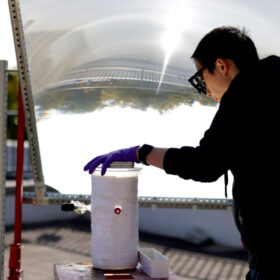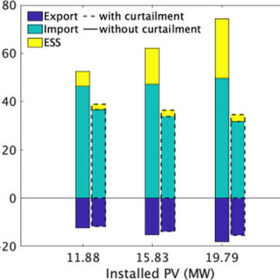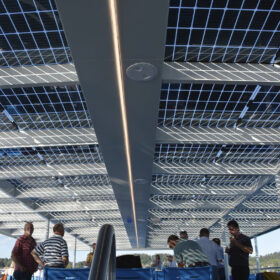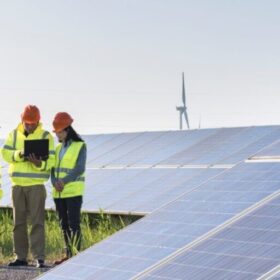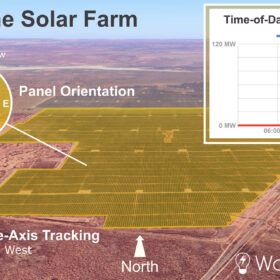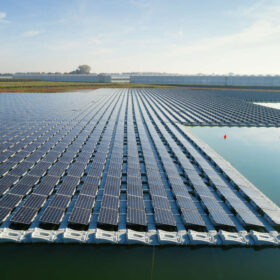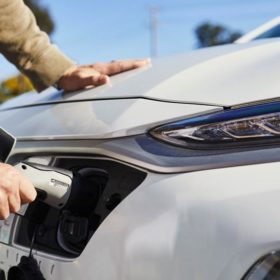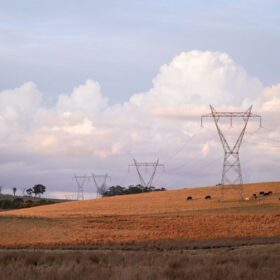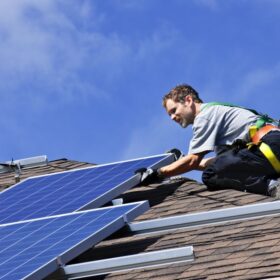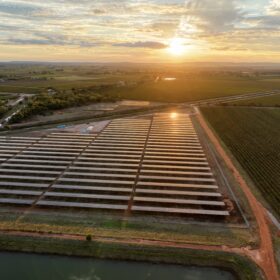Viability of ‘direct’ green hydrogen fuel production evaluated by US researchers
Rather than using solar or wind to power electrolysis, researchers are testing the competitiveness of photoelectrochemical cells to produce emissions-free hydrogen fuels.
Solar curtailment vs. storage
Swiss researchers have looked at whether storage could be cheaper than curtailment in medium-voltage distribution networks with significant amounts of PV capacity. They considered storage costs, operational costs, grid constraints, electricity costs, PV generation models, and loads.
Weekend read: As simple as IBC
The search for ever higher conversion efficiency has driven solar researchers to focus on back-contact cell approaches, and efforts to devise more cost-effective manufacturing are bringing technologies such as interdigitated back contact (IBC) solar into the mainstream, as Mark Hutchins reports.
New global solar capacity additions hit 191 GW in 2022, says IRENA
Global renewable capacity increased by 295 GW last year, bringing the world to a cumulative installed capacity of 3,372 GW, according to the International Renewable Energy Agency (IRENA).
Why capacity factor is an increasingly simplistic way to compare solar farm performance
Capacity factor is often discussed when evaluating and comparing the efficiency and performance of solar farms. However, looking just at this metric can be misleading as it ignores many underlying technical and commercial factors, as solar farm specifications almost never align for a simple apples-to-apples comparison.
Global study highlights potential of floating solar
An international group of researchers has calculated the potential for floating solar across the world. The results show a generation potential of 9,434 TWh per year across 114,555 global reservoirs, with 30% of their area covered. The United States leads with 1,911 TWh per year of potential, with Australia coming in 8th, with 210 TWh per year.
Detailed customer energy data is becoming available, here’s what the government scheme could do for industry
Access to extremely detailed consumer energy data is becoming available in Australia part of the federal government’s Consumer Data Right scheme. Used imaginatively, the data has the potential to improve how investment decisions are made, and could even open up new approaches to energy retailing, Stuart Low, founder of Biza tells pv magazine Australia.
Shifting behaviour to enable a renewable future
The Australian energy grid is on the cusp of a big bang moment. The combination of market factors and situations we’re currently seeing will lead to a thrust of innovation. Renewable energy and smart devices are here to push forward the way we consume energy and drive a change for the better of our energy bills and for the environment.
PV Expo 2023: Japanese solar’s struggle for space
PV Expo and the wider Smart Energy Week wrapped up in Tokyo last week. It revealed ambitious plans for solar and energy storage installations in Japan, including creative approaches to dealing with a severe lack of space for new installations, which should bring plenty of opportunities for domestic and international players.
Queensland’s publicly-owned battery rollout sees next town selected for 8 MWh install
Queensland is continuing its rollout of publicly-owned batteries, announcing the town of Emerald in its Central Highlands Region will soon host a 4 MW / 8 MWh battery. While the announcement doesn’t make reference to buzz term ‘community batteries,’ it seems the state is effectively rolling out a storage fleet to deliver on the promises of the concept.
